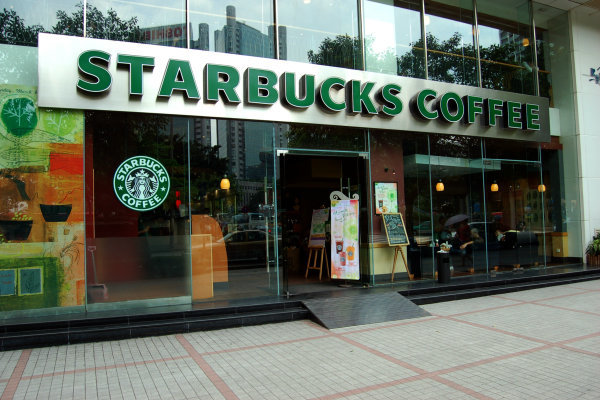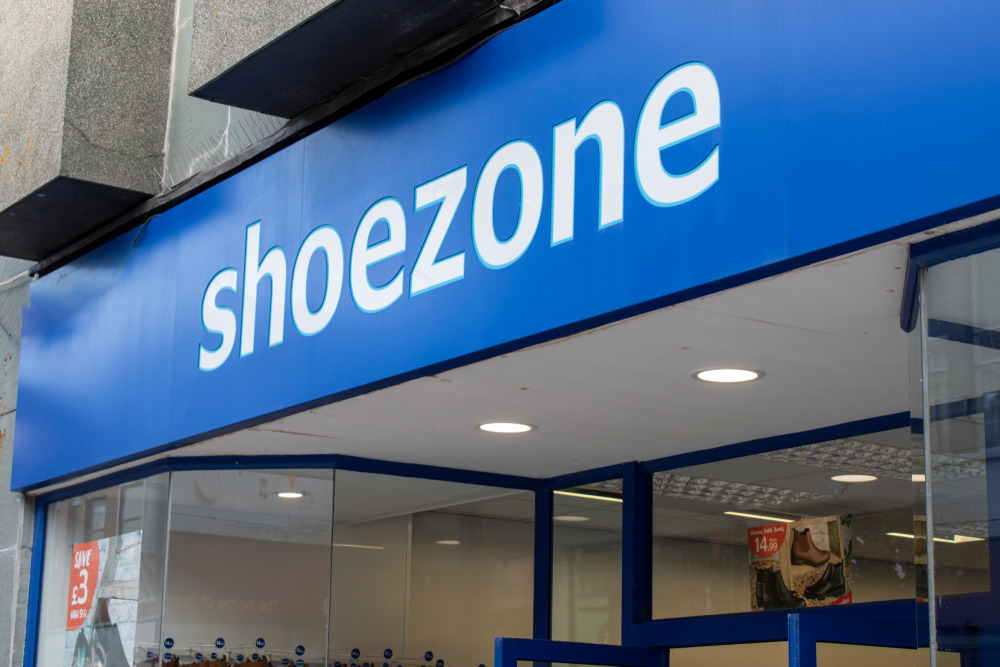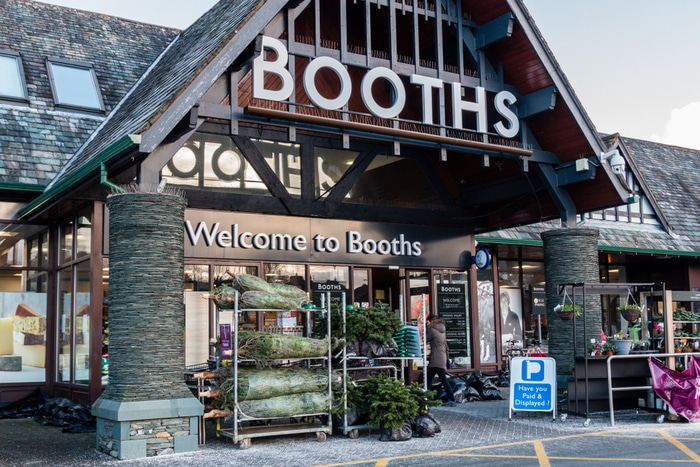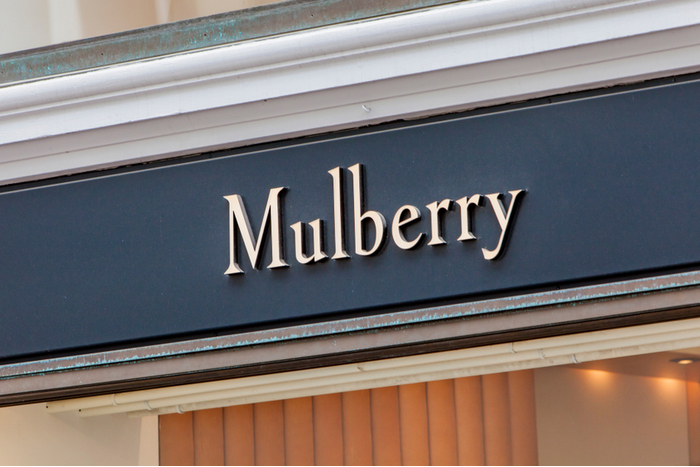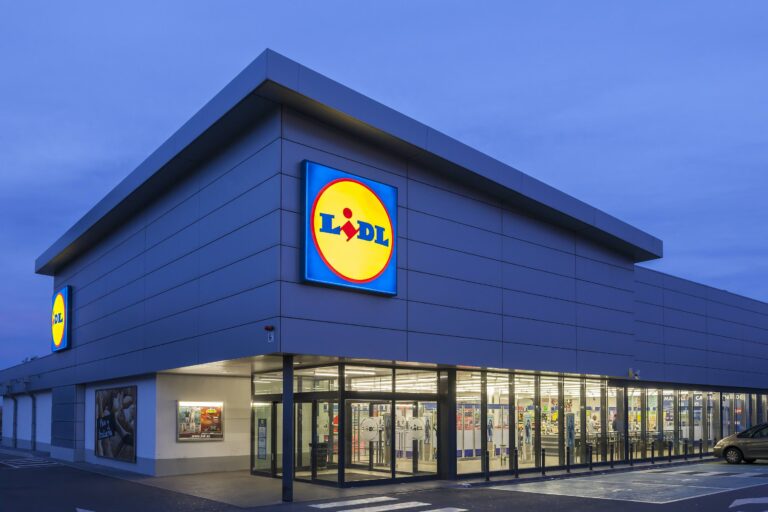Global coffee brand Starbucks had a mixed Christmas season, with European and Asian sales leaving shareholders with a bitter taste in their mouths.
Geographically, there were definitive spheres of success and failure; the American market saw revenue rise 11%, underpinned by 9% comparable growth, whilst operating income rose by 14%. Carter Harrison, an Analyst at Conlumino, credited this to the “tweaks to the menu”, which included “more expensive drinks options and an enhanced range of food.”
It seems that Starbucks easily weathered attempts by presidential hopeful Donald Trump to boycott the brand, due to his dislike of the red Christmas cups which did not wish customers a “Merry Christmas”. According to Harrison, customer loyalty highlights “the habitual nature of Starbucks and its importance as a small indulgence for many of its regular customers.”
Conversely, Europe and Asia were less kind to the coffee brand. European sales were harmed by weak high street footfall as a result of the Paris terrorist attacks. Profits were further harmed by the strength of the US dollar devaluing local currencies.
Revenues across China and the Pacific were up 32%, though this was largely due to the acquisition of Starbucks Japan in the previous fiscal year, as well as 885 new net store openings in the region. Unfortunately, underlying sales growth rose by only 5%, below the target of 6.1%. Harrison pointed to the possibility of a “general slowdown in China” creating an unstable environment for the company in the future.
There is potential for an exciting year for Starbucks. Customers are enjoying new additions to outlets, including a new music streaming feature courtesy of Spotify and the still experimental evening menu which includes alcoholic beverages. However, investors remained unimpressed with the brand‘s overall performance; Starbucks has several hurdles to overcome as it races into 2016.

